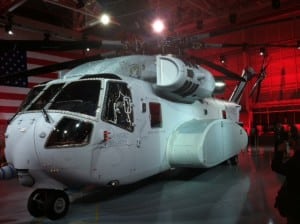
Budget reductions for aircraft maintenance are having a ripple effect through the Marine Corps that ultimately threatens pilot proficiency and may have led to fatal accidents, according to Commandant Gen. Robert Neller.During a series of hearings on Capitol Hill this week, Neller has voiced concerns about systemic challenges faced by Marine Corps aviation as it tries to keep legacy aircraft airborne while undertaking an ambitious modernization program dependent on airframes that have been bogged down by delays.“In general, across the…

 By
By 











